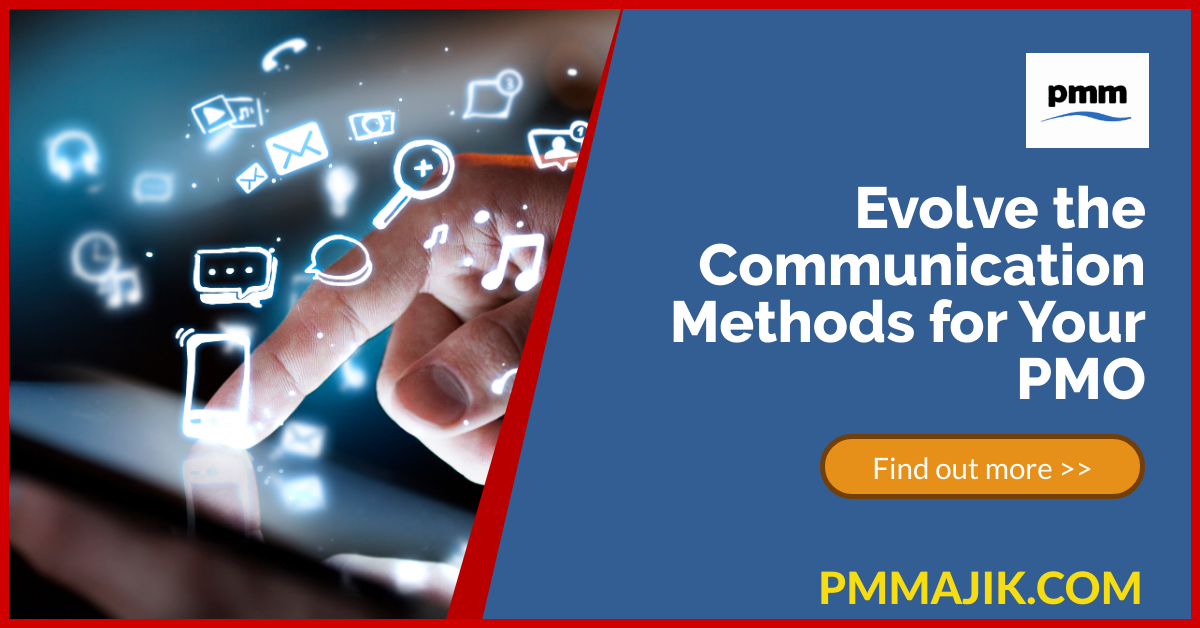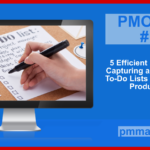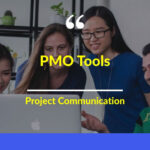Communicating across your project management office (PMO) successfully will reap great rewards. Everyone on your projects need to know what’s going on and how they’re doing. It’s time to move away from staid and bland email blasts and quarterly meetings and evolve the communication methods for your PMO.
Communication technologies have bedded in across most business by now. You need to figure out to use them and how to engage both your team and your C-suite in the information you want to put out there.
We’ve put together a list of some of the modern communication tools your PMO can take advantage of and we’ll be getting into more detail about each in upcoming posts.
Infographics
An infographic pulls together a collection of data and communicates it a visually appealing way. You can’t have failed to have seen them in blogs or on social media. They use graphs, charts, and text data to bring home a point clearly and succinctly.
The drawback with infographics is that they take time to be thought through and designed to work well.
Videos
You can create a video to communicate your PMO data across your business. The video can be stored easily and watched in different time zones with the message exactly preserved. It’s an accessible communication method for global PMOs because subtitles can be translated.
Effort is required to produce videos, from planning the script to recording and post production. The pay off can be big with time saved and no crossed wires.
Data Visualisations
A data visualisation is different from an infographic in that it generally deals with one type of data. Many of your PMO tools will already have options to produce reports across time or across teams, such as resource planning technology.
These visualisations can be useful to get a quick overview but can still be technical and not engaging across your whole PMO workforce. They form a good basis for an infographic.
Illustrations
When you want to get across process-related information, illustrations can bring instructions to life. Having a flow chart for your expenses reporting isn’t going to be memorable but having it illustrated and having diagrams can make it much easier to follow. Similarly, you can demonstrate what Scrum methodology looks like much easier with illustrations.
You’ll need to have a graphic designer or illustrator on hand to do this type of work, so it can be costly but a potentially strong investment.
Maps
Particularly in businesses with many sites, using maps to communicate a point can be valuable. Rather than lists of KPIs broken down by location, place that data on a map so it’s easy to digest. Maps can even be interactive with roll-over data about budgets, performance, and outstanding projects.
You are relying on everyone who see your PMO’s map data to know the geography of the business, and understand the limitations of the data.
Social Media
Love or loathe is, social media is very powerful. When you have a big project team that’s widely distributed, social media can get quick messages across with ease. You can also use LinkedIn and Twitter to become an authoritative voice in your space and drive online traffic to the business in general.
It is time consuming to run social media accounts, and may only be worth it when you have a large PMO.
Messaging
If social media is too public for your PMO, you can use messaging groups to communicate quick messages to lots of people. Using WhatsApp, you can have a group where only admins can post if needed. Send out regular updates on performance or goings on across your PMO.
You need to make sure it doesn’t get spammy and if you allow multi-way communication with a large PMO team you need clear rules of engagement.
Blogging
A lot of the methods we’ve discussed can be used to make a blog even better than it would otherwise be. It’s a great tool for explaining your infographics or fleshing out your illustrations in a human way. Again, a blog can engage people in your PMO work outside of your organisation.
Good blogs do take time and planning – you need to regularly post to build up trust with the people who work on your projects.
The take home
It’s time to evolve the communication across your PMO. A weekly email can be dry and switching the font sometimes isn’t catching anyone’s eye. Take advantage of the technology at hand to really drive home your messaging.






